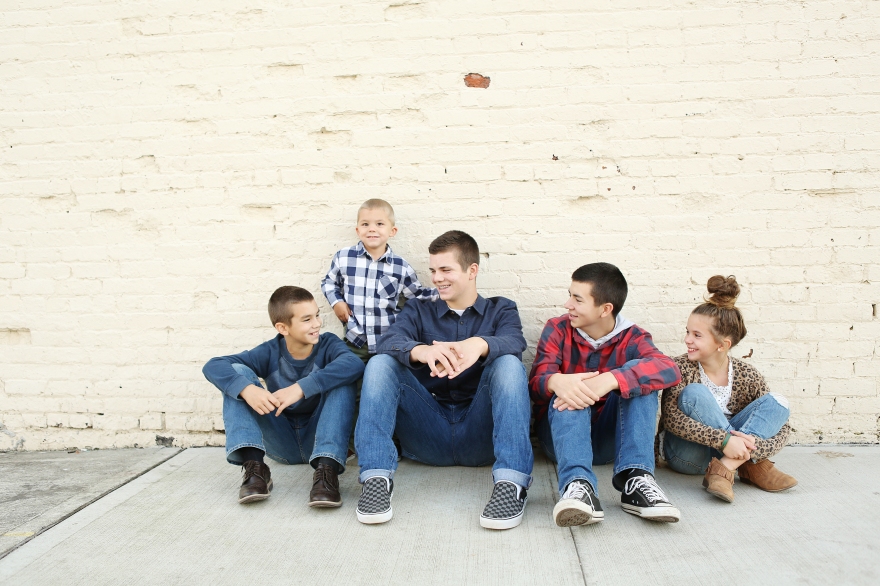
I love teaching and I love sharing my love of photography with others! It’s been a long time coming but I have decided to do a weekly blog post with photography tips and tricks to help YOU get that “PERFECT PICTURE“! I’m bringing my workshop to you! Exciting right?! I think so! For the first time ever I am also making my workbook available for purchase so you can work right along. No longer do you have to attend the workshop to get it! The workbook is full of information from lighting, to exposure, what makes your camera work, photoshop, you name it! The workbook will be available in digital download as well as a hard copy if you are like me and like the feel of paper books. Links to purchase will be at the end of this post. Now let’s get going!
PHOTOGRAPHY is about light, and the camera is the tool we use to capture that light. The amount and quality of the light that enters our camera determines what your photo will look like. The light is what calls the shots. We can learn to work with this light to get the look we are going for. There are 3 SETTINGS on the camera that relate to light and if you master them you will get that PERFECT PICTURE! They are- ISO, SHUTTER SPEED AND APERTURE. We are going to go through them one at a time. This week we are talking all about ISO! Love me some ISO!

ISO
What is ISO you say? Remember when you went to the store and bought film for your camera? I know that was forever ago and some of you might never have done this! But you would go to the store, pick up either 200 or 400 speed film. That number is the ISO. ISO stands for International Organization for Standardization. But you don’t need to know that! What you need to know is that ISO allows you to control how sensitive your camera is to light. Or the sensor inside your camera. It’s your digital film.
Just like the old days when we would grab a roll of film for the setting we would be in, it’s the same with digital photography. You’re just selecting that film speed on your camera instead! For example if you were outside on a bright sunny day you would pick a film speed with a low ISO like 100 for the bright light. If you were shooting in a lower light situation you would’ve chosen a high ISO like 800 to maximize what light you had available.

Now with digital photography, you can choose the ISO for each shot! Yay!! To do this correctly you need to analyze your light. Here’s what you should remember…
*Low ISO, like 100 or 200, helps limit the light. Use under bright conditions
*High ISO, like 800 or 1000, helps maximize the light. Use it under low light situations.

This chart gives you a general idea of which ISO’s work best in different lighting scenarios. Just like those fun charts that used to come on the back of the film packs!
Now for this weeks challenge… get out there and practice with different ISO’s. Take your camera outside, start with ISO 100, take a pic, what does it look like? Do this with each number. Take notes. Which do you like best? What works best with your lighting situation? How is it changing the look of your photos? Practice, practice, practice! Next week we will cover the next setting that will help you get that PERFECT PICTURE, SHUTTER SPEED!
IF you are still reading this post, THANK YOU! I am so excited about this! There is so much information to share! It’s going to be so much fun! A couple more things! If you would like to purchase my workbook click here…
PERFECT PICTURE WORKBOOK – digital copy
$25.00
PERFECT PICTURE WORKBOOK – hard copy, mailed to you
$40.00
I’ve also put together a private FACEBOOK group for those who would like to join me there! Extra info and fun will be had over there! Click here to request to join!
https://www.facebook.com/groups/106813239713111/
Thank you again!!!! Happy picture taking!!
xo~ Angie 🙂
